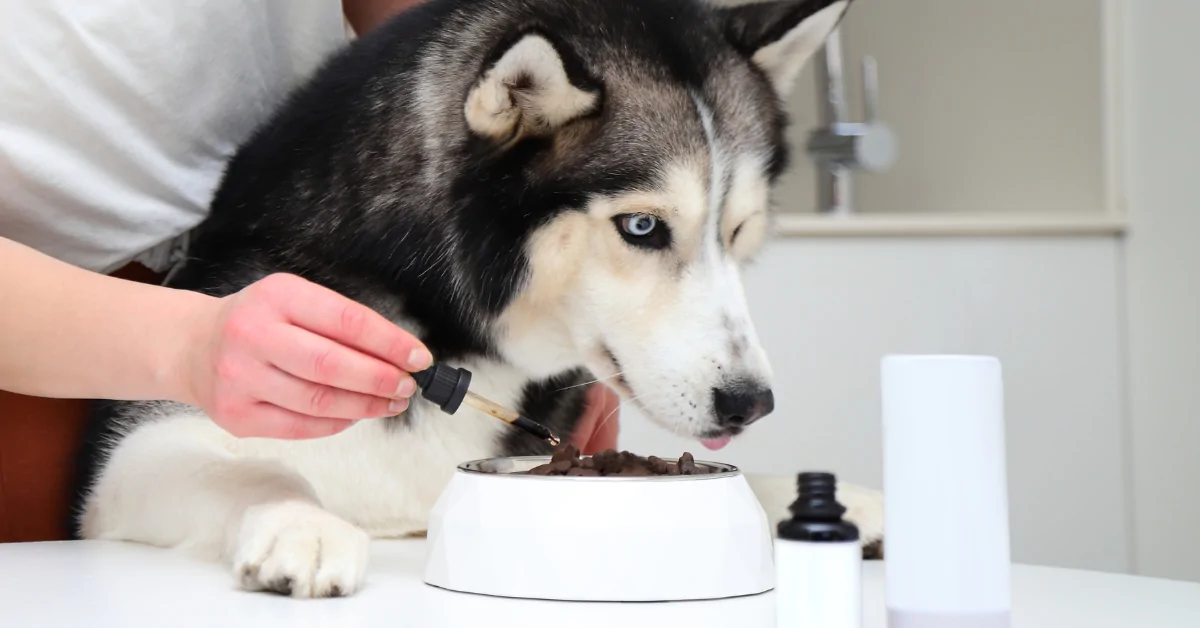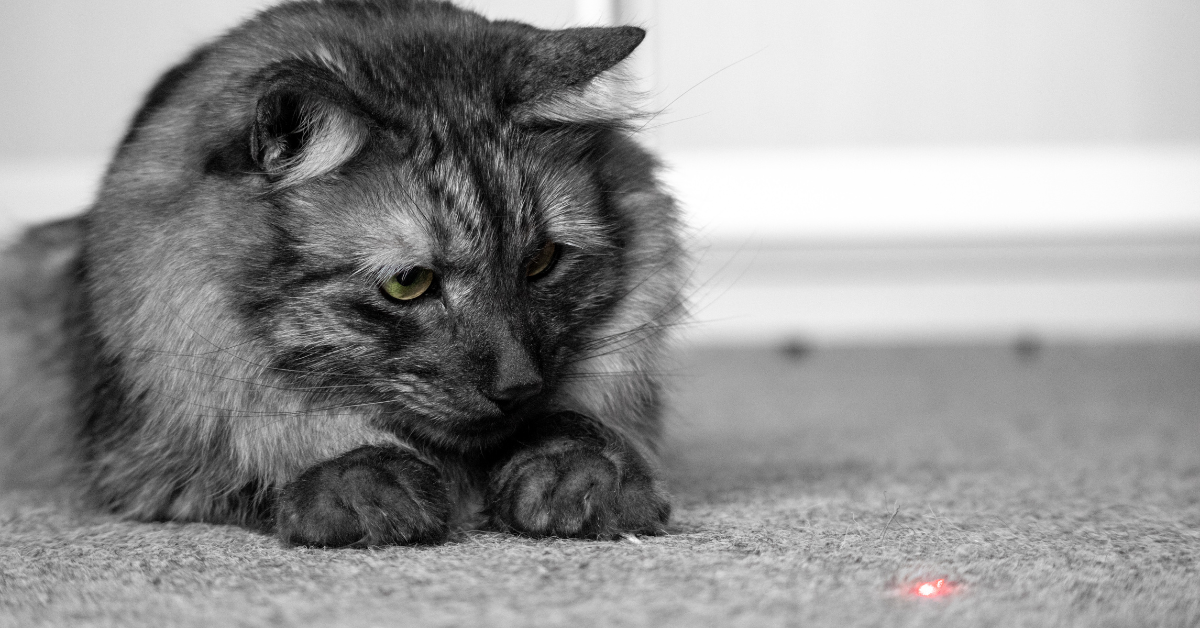Yes! Just like a teenager, a dog can get canine acne, an inflammatory condition that affects her lips and the skin of her muzzle. In a mild case, it’s a benign disorder that comes on from 5-8 months of age and is usually gone by the time a dog reaches 1 year old. You’ll see red bumps, blackheads or pimples. In bad cases, your dog will suffer from scabs, bleeding wounds and swelling. And just like with a teenager, if the acne is left untreated, permanent scarring can result.
The acne occurs when hair follicles become irritated. It can cause pain and itching. If your dog scratches the acne, it can lead to a bacterial or fungal infection.
Acne is seen more often in dogs with short coats; the most commonly affected breeds include Boxers, Doberman Pinschers, Bulldogs, Mastiffs, Weimaraners, German Shorthaired Pointers, and Rottweilers, though other breeds can also get canine acne.
What Causes Dog Acne?

There are several causes for dog skin pimples.
Dog skin pimples can be caused by several things:
- Allergy to parasites like fleas and mites
- Food or environmental allergies (pollen, mold, dust)
- Bacterial and fungal infections
- Genetics (see breeds above)
- Trauma to the skin of the chin or muzzle
- Some dogs have issues with plastic bowls. Switch to stainless steel.
What Should I Do About My Dog’s Pimples?
First, get it diagnosed by a vet. You want to make sure that it really is canine acne rather than fatty tumors, benign cysts, ringworm or more serious conditions like mange or skin cancer. Your vet will also be able to give you more insight into the cause of the pimples – whether it’s an allergy or other skin disorder. A bacterial culture can identify the right type of antibiotic for treatment if appropriate.
In most cases, dog acne is treated simply with topical benzoyl peroxide, which helps flush out the hair follicles and reduce bacterial contamination. However, be careful to use the benzoyl peroxide recommended by your veterinarian – do not substitute the benzoyl peroxide found over-the-counter for humans, which is much stronger than what you should use on your dog.
In more severe cases, or if an infection has resulted because of the trauma caused by scratching, your vet may recommend steroids or antibiotics.
The One Thing You Should NOT Do To Canine Acne
Is “pop” the pimples! Resist the temptation! It will just increase the likelihood that the hair follicles will rupture and increase the inflammation and infection.
Dog Acne Treatment Options
- Find ways to limit the allergies that could be causing the acne. If it’s a food or environmental allergy, managing the situation can help decrease the acne. This is more simply said than done. Talk with your vet and…do your own research.
-
Treat the “itch” by using Banixx Pet Care. When your dog scratches at those pimples, he causes trauma to the sensitive skin and increases the chances a bacterial infection will make things worse. Banixx soothes the itch and, because of its anti-bacterial properties, makes it almost impossible for a bacterial infection to live and grow. And, because it has no scent, does not sting and is okay to use around the eyes, applying Banixx is easy and safe.
We hope you found this article helpful and if your dog ever gets any cuts, abrasions, ear infections or hot spots, we hope you keep Banixx Pet Care in mind. Go to our dog page to learn more about how to keep your dog happy and healthy!
Sources
- https://vcahospitals.com/know-your-pet/acne-in-dogs
- https://www.dog-health-guide.org/dogskinpimples.html
- https://pets.webmd.com/dogs/dog-lumps-bumps-skin#1
- https://www.petmd.com/dog/conditions/skin/c_dg_acne
Share this Post
Featured Post
Recent Posts
Lipomas….mysterious Lumps & Bumps on your pup…When should I worry? What should I do about them?

Managing the Mamas –Part 2 –The development process

Managing the Mamas: Part 1 – Preparing to Breed Your Mare

HOW MANY TOES?? Caring for the Polydactyl Cat

Do Dog Joint Supplements Actually Work?



